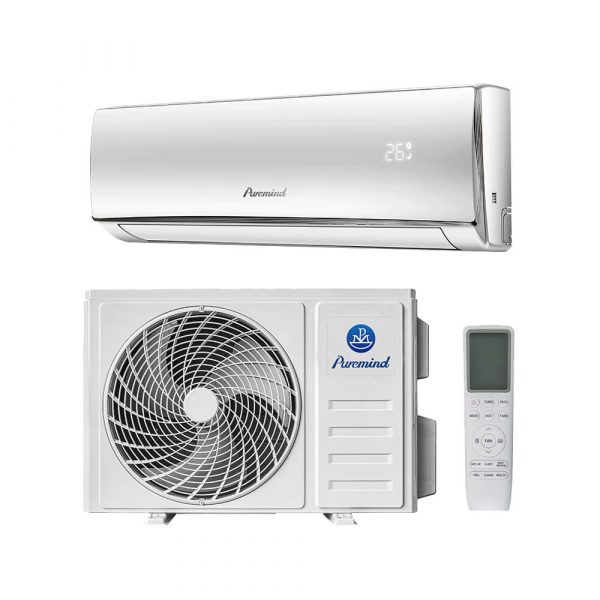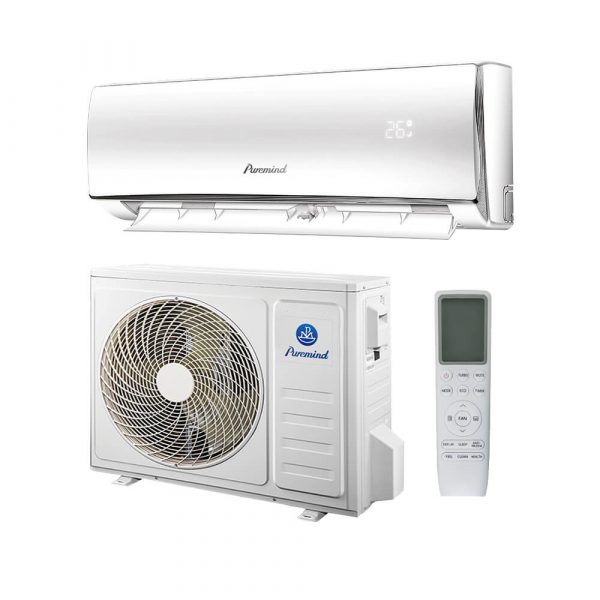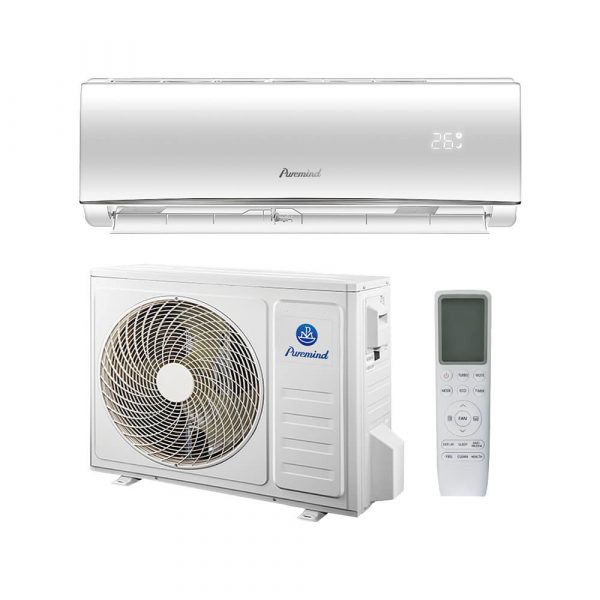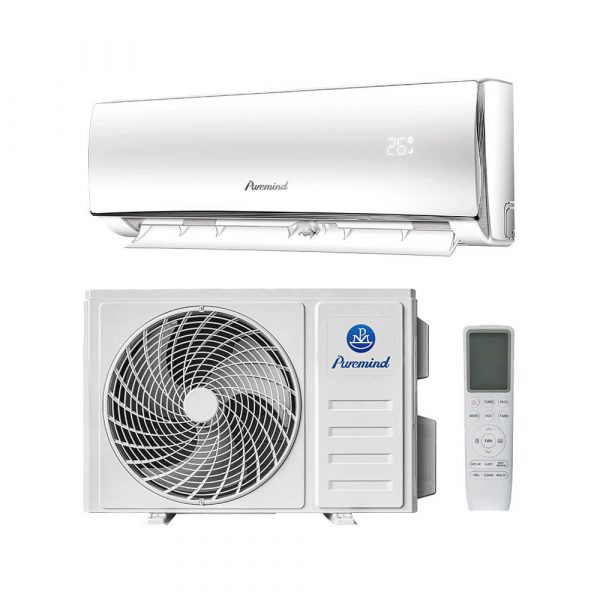How Do Split Air Conditioners Work? – A Complete Distributor’s Guide
How do split air conditioners work? This question is increasingly asked by customers exploring energy-efficient cooling solutions. For wholesalers, suppliers, and distributors, understanding the working principle of split AC systems is critical to communicating their benefits and selling them effectively. This guide will explain the components, process, applications, and opportunities split systems create in the HVAC market.
Introduction: The Growing Demand for Split AC Systems
As energy costs rise and customers demand more efficient HVAC solutions, ductless systems are experiencing strong growth. Mini splits and multi-splits provide a versatile option for both residential and commercial projects. Distributors who can clearly explain how split air conditioners work will be better positioned to capture sales and build trust with contractors and end-users.
What Is a Split Air Conditioner?
A split air conditioner is a cooling system that separates the main components into two units: an outdoor compressor/condenser and one or more indoor air handlers. This configuration allows for flexible installation, improved efficiency, and better comfort control compared to traditional window or central units.
Key Components of a Split System
- Outdoor Unit: Houses the compressor, condenser coil, and fan.
- Indoor Unit: Contains the evaporator coil and air filter, delivering cool air directly to the room.
- Refrigerant Lines: Copper tubing that circulates refrigerant between the two units.
- Expansion Valve: Regulates refrigerant flow into the evaporator coil.
- Control System: Often Wi-Fi or remote-enabled for user convenience.
How Do Split Air Conditioners Work? Step by Step
To answer the question “how do split air conditioners work?”, we need to break down the process into simple steps:
- The compressor in the outdoor unit pressurizes refrigerant gas.
- The gas moves through the condenser coil, releasing heat outside.
- The refrigerant then flows through an expansion valve, dropping in pressure and temperature.
- In the indoor unit, the refrigerant absorbs heat from indoor air via the evaporator coil.
- Cool air is then blown into the room while the refrigerant cycles back outdoors.
This cycle repeats continuously, keeping the indoor environment cool and comfortable.
Advantages of Split AC Systems
Once you understand how split air conditioners work, it becomes clear why they are growing in popularity. Their design provides several advantages for both customers and distributors:
- High efficiency due to inverter-driven compressors
- Zone-specific comfort with multiple indoor units
- Quiet operation compared to window or portable units
- Flexible installation options without ductwork
- Eco-friendly refrigerants for compliance with regulations
Applications for Split Air Conditioners
Split ACs are versatile and suitable for a variety of settings:
- Residential Homes: Bedrooms, living rooms, and home offices.
- Commercial Spaces: Offices, shops, and restaurants.
- Hospitality Industry: Hotels providing personalized comfort in each room.
- Educational Facilities: Schools requiring efficient climate control in classrooms.
Market Insights for Distributors
According to ACHR News, demand for ductless split systems continues to grow globally, with strong adoption in both retrofit and new construction projects. For distributors, this trend represents a chance to expand portfolios and attract contractors looking for reliable, efficient systems.
Key Market Drivers
- Rising energy prices pushing consumers toward efficiency.
- Government rebates and efficiency standards encouraging adoption.
- Commercial retrofits driving demand for non-invasive installation.
- Growing awareness of indoor air quality and comfort control.
Installation and Maintenance Insights
Distributors should be able to advise contractors on best practices. Installation is simpler than central HVAC but requires expertise in refrigerant handling.
Best Practices
- Ensure proper unit sizing for each room or zone.
- Provide adequate clearance for outdoor unit airflow.
- Educate customers on cleaning indoor air filters.
- Recommend annual professional inspections for efficiency.
Comparing Split ACs vs Other Cooling Systems
For wholesalers explaining how split air conditioners work, a comparison with other systems can be valuable:
| Feature | Window AC | Central HVAC | Split Air Conditioner |
|---|---|---|---|
| Efficiency | Low to moderate | Moderate with duct losses | High with inverter technology |
| Installation | Simple but limited coverage | Complex, requires ductwork | Moderate, no ductwork required |
| Noise | Loud indoors | Moderate | Very quiet indoors |
| Flexibility | Single room only | Whole building, single temperature | Multi-zone comfort possible |
Distributor Marketing Strategies
For distributors, marketing should focus on customer benefits. Rather than just explaining how split air conditioners work, highlight why they matter for end-users:
- Lower energy bills from high SEER ratings
- Customizable comfort for different zones
- Reduced installation disruption in retrofits
- Cleaner air with advanced filtration
Where to Source Split Air Conditioners
Wholesalers and distributors can source split air conditioners, including high-efficiency models, from this supplier page. Working with trusted suppliers ensures product quality, warranty support, and competitive pricing.
Future of Split Air Conditioning
The future of ductless HVAC is strong. As more customers ask how do split air conditioners work and seek energy savings, demand will continue to grow. For distributors, aligning with this trend ensures stronger portfolios and long-term business growth.
Conclusion
Understanding how split air conditioners work is essential for distributors aiming to capture the growing ductless HVAC market. By educating contractors and customers, highlighting benefits, and offering high-quality units, wholesalers can strengthen market position, expand sales, and build long-term value in a competitive industry.







